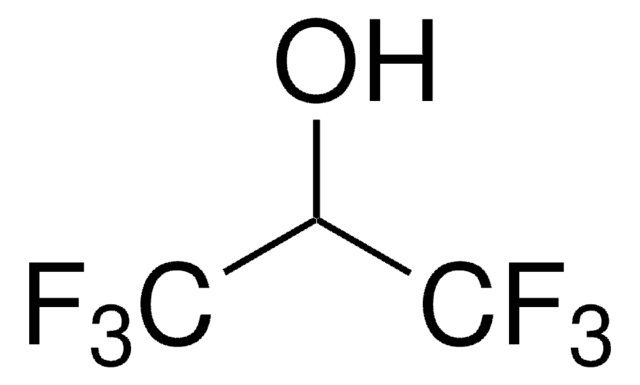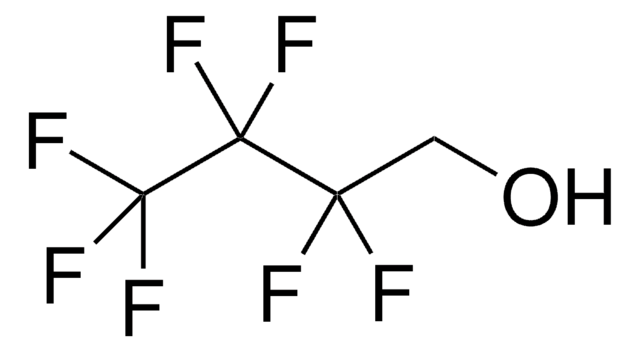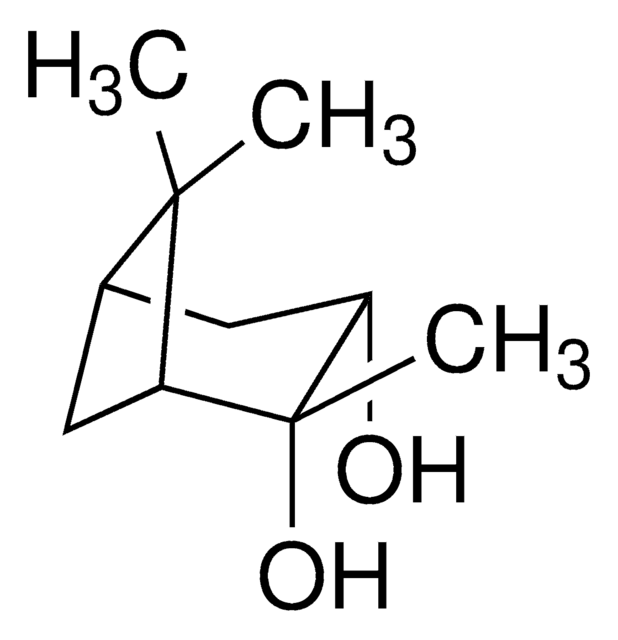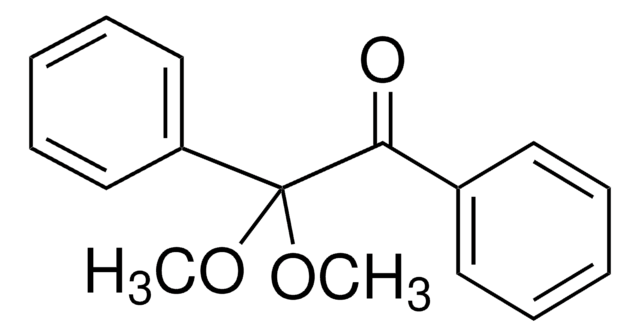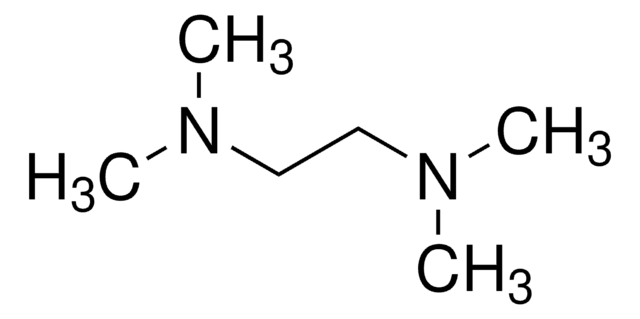C4428
Cathepsin G from human leukocytes
lyophilized powder, ≥60 units/mg protein (Bradford)
Sign Into View Organizational & Contract Pricing
Select a Size
10 G
₩201,275
Select a Size
Change View
10 G
₩201,275
About This Item
CAS Number:
MDL number:
UNSPSC Code:
12352200
NACRES:
NA.32
Recommended Products
biological source
human leucocytes
Quality Level
form
lyophilized powder
specific activity
≥60 units/mg protein (Bradford)
mol wt
23-30 kDa
UniProt accession no.
shipped in
dry ice
storage temp.
−20°C
Gene Information
human ... CTSG(1511)
Looking for similar products? Visit Product Comparison Guide
1 of 4
This Item | 287784 | 337064 | 196118 |
|---|---|---|---|
| assay 99% | assay 99% | assay 99% | assay 99% |
| Quality Level 100 | Quality Level 200 | Quality Level 100 | Quality Level 200 |
| refractive index n20/D 1.415 (lit.) | refractive index - | refractive index n20/D 1.406 (lit.) | refractive index - |
| density 1.45 g/mL at 25 °C (lit.) | density - | density 1.226 g/mL at 25 °C (lit.) | density - |
| bp 160 °C (lit.) | bp 101-102 °C/1 mmHg (lit.) | bp 102 °C (lit.) | bp - |
| functional group fluoro | functional group hydroxyl | functional group fluoro, phenoxy | functional group - |
General description
Application
Biochem/physiol Actions
Cathepsin G from human leukocytes degrades various proteins, such as elastin, collagen, fibrinogen and immunoglobin. It may be implicated in muscle catabolism.[1] Cathepsin G is involved in the activation or inactivation of protein hormones and the inactivation of plasma proteinase inhibitors.[6] It alters the cytoskeleton, enhances the permeability of vascular endothelial cells and the chemotaxis of inflammatory cells.[2] Cathepsin G is associated with autoimmunity and cancer.[7] It exhibits chymotrypsin and trypsin like activity. Cathepsin G modulates neutrophil effector functions.[8]
Cathepsin G has pro-apoptotic activity and can activate caspases in vitro.
Unit Definition
One unit will release one nanomole of p-nitroaniline per second from N-succinyl-Ala-Ala-Pro-Phe p-nitroanilide at pH 7.5 at 37 °C.
Physical form
Lyophilized from 0.5 M pyridinium acetate, pH 5.3.
Storage Class Code
11 - Combustible Solids
WGK
WGK 3
Flash Point(F)
Not applicable
Flash Point(C)
Not applicable
Choose from one of the most recent versions:
Already Own This Product?
Find documentation for the products that you have recently purchased in the Document Library.
Customers Also Viewed
Single electron transfer-living radical polymerization of methyl methacrylate in fluoroalcohol: Dual control over molecular weight and tacticity.
Wang W, et al.
Journal of Polymer Science Part A: Polymer Chemistry, 47(22), 6316-6327 (2009)
Cyclic alkoxyamine-initiator tethered by azide/alkyne-?click?-chemistry enabling ring-expansion vinyl polymerization providing macrocyclic polymers.
Narumi A, et al.
Journal of Polymer Science Part A: Polymer Chemistry, 48(15), 3402-3416 (2010)
Marcus Maschke et al.
ChemMedChem, 9(6), 1188-1194 (2014-05-20)
We report the synthesis of trifluoromethylated metallocenes (M=Fe, Ru) and related metal-free compounds for comparison of their biological properties with the aim to establish structure-activity relationships toward the anti-proliferative activity of this compound class. All new compounds were comprehensively characterized
Our team of scientists has experience in all areas of research including Life Science, Material Science, Chemical Synthesis, Chromatography, Analytical and many others.
Contact Technical Service